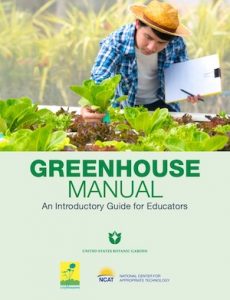 The United States Botanic Garden released a new manual for educators on how to start a greenhouse and grow horticultural crops. The manual lays out a basic understanding of greenhouses, how to integrate greenhouses into lessons, and how to use greenhouses in classroom curricula and after-school activities. View Resource »
The United States Botanic Garden released a new manual for educators on how to start a greenhouse and grow horticultural crops. The manual lays out a basic understanding of greenhouses, how to integrate greenhouses into lessons, and how to use greenhouses in classroom curricula and after-school activities. View Resource »
Plants for Pre-K Gardens
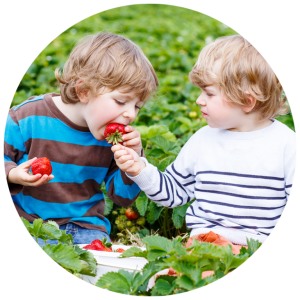 Choosing the right plants for your garden is always important, but it’s especially crucial for gardens designed for young children. This list from Kidsgardening.org includes annual and perennial plants considered safe for young children. View Resource »
Choosing the right plants for your garden is always important, but it’s especially crucial for gardens designed for young children. This list from Kidsgardening.org includes annual and perennial plants considered safe for young children. View Resource »
Designing Garden Spaces for Youth with Autism Spectrum Disorder
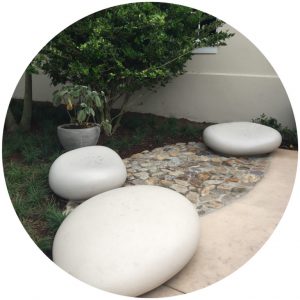 According to a 2018 study, autism spectrum disorder (ASD) now impacts 1 in 40 children in the United States. Therapeutic engagement with gardening and garden-based activities is one type of intervention currently being explored for children and youth with ASD. This resource provides design tips to consider when planning a garden space for youth with ASD. View Resource »
According to a 2018 study, autism spectrum disorder (ASD) now impacts 1 in 40 children in the United States. Therapeutic engagement with gardening and garden-based activities is one type of intervention currently being explored for children and youth with ASD. This resource provides design tips to consider when planning a garden space for youth with ASD. View Resource »
Planning a Pollinator Garden
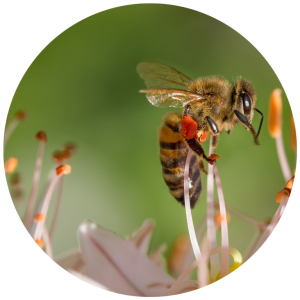 You don’t need a lot of space to start a pollinator garden. Even a few containers of flowers can attract hungry bees and butterflies. To plan a pollinator garden, students will need to know the basic needs of wildlife — food, water, shelter, and places to rear young. This guide will help you and your students learn about native pollinators and their habitat needs, and collect the necessary information for creating such a habitat in your schoolyard. View Resource »
You don’t need a lot of space to start a pollinator garden. Even a few containers of flowers can attract hungry bees and butterflies. To plan a pollinator garden, students will need to know the basic needs of wildlife — food, water, shelter, and places to rear young. This guide will help you and your students learn about native pollinators and their habitat needs, and collect the necessary information for creating such a habitat in your schoolyard. View Resource »
Designing a Sensory Garden
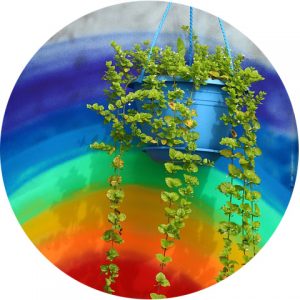 With their incredible diversity of shapes, sizes, colors, scents, and textures, plants offer limitless options for designing a garden to engage the all the senses. This guide provides tips for creating a special garden space that will allow you and your young gardeners to explore through sight, smell, taste, touch, and hearing. View Resource »
With their incredible diversity of shapes, sizes, colors, scents, and textures, plants offer limitless options for designing a garden to engage the all the senses. This guide provides tips for creating a special garden space that will allow you and your young gardeners to explore through sight, smell, taste, touch, and hearing. View Resource »
